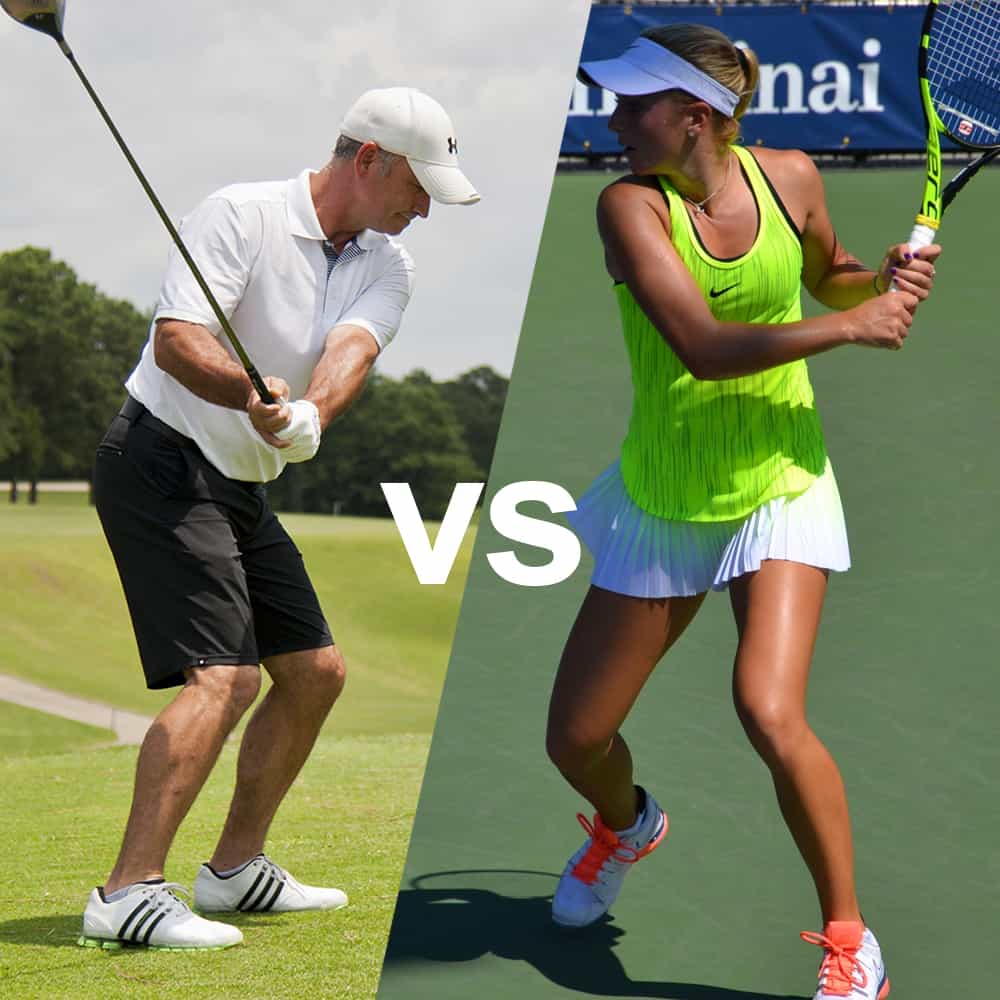Elbow Injuries
Both tennis elbow and golfer’s elbow are overuse injuries to the tendons in the forearm. Specifically, they both involve those tendons that join the muscles in the forearm to the patient’s elbow, and both cause elbow pain and elbow injury.
Though they both hurt and often need the help of a physical therapist, most patients recover from tennis or golf elbow completely. But there are significant differences.
Tennis Elbow
Tennis elbow, or lateral epicondylitis is an inflammation of the place where the tendons join the outer point of the upper arm bone, or the humerus. It occurs when the extensor muscles in the forearm, the extensor carpi radialis brevis and extensor digitorum communis, are overused. This happens most often when the wrist is bent back against a type of resistance.

People who have tennis elbow feel pain on the outside of their upper forearm that shoots down to the wrist. They often feel weakness in their wrist and pain when they try to grasp or lift a heavy object. Other symptoms are tingling and numbness in the patient’s fingers and a dull, vague ache even when they’re at rest.
Golfer’s Elbow
Golfer’s elbow, or medial epicondylitis is an inflammation of the area where the tendons connect to the inner point of the upper arm bone. This happens through the action of repeatedly hitting a ball with a golf club and can also be thought of as an elbow injury. Besides a too forceful golf swing, golf elbow can be caused by working out too forcefully or adding too much topspin to the ball when playing tennis.
People who have golfer’s elbow feel elbow pain on the inside of their arm as opposed to the outside. As with tennis elbow, they often feel weakness in the wrist and pain when they try to pick something up, make a fist or flex their wrist.
Treatment
Both tennis elbow and golfer’s elbow usually respond to physical therapy. Surgery to repair the problem is unusual, and in many cases the elbow injury responds to self-treatment. This could be applying an ice pack to the area six times a day, for two days, in 15 minute sessions. A doctor may also prescribe corticosteroid injections to ease inflammation and pain.
A doctor can recommend a physical therapist. They may help reduce the inflammation through electrotherapy, soft tissue massage or bracing the patient’s forearm. Because wrist weakness is a symptom of both tennis elbow and golfer’s elbow, the therapist may teach the patient how to practice such physical therapy as eccentric wrist extensions, medicine ball chest throws and exercises for their core stability.

